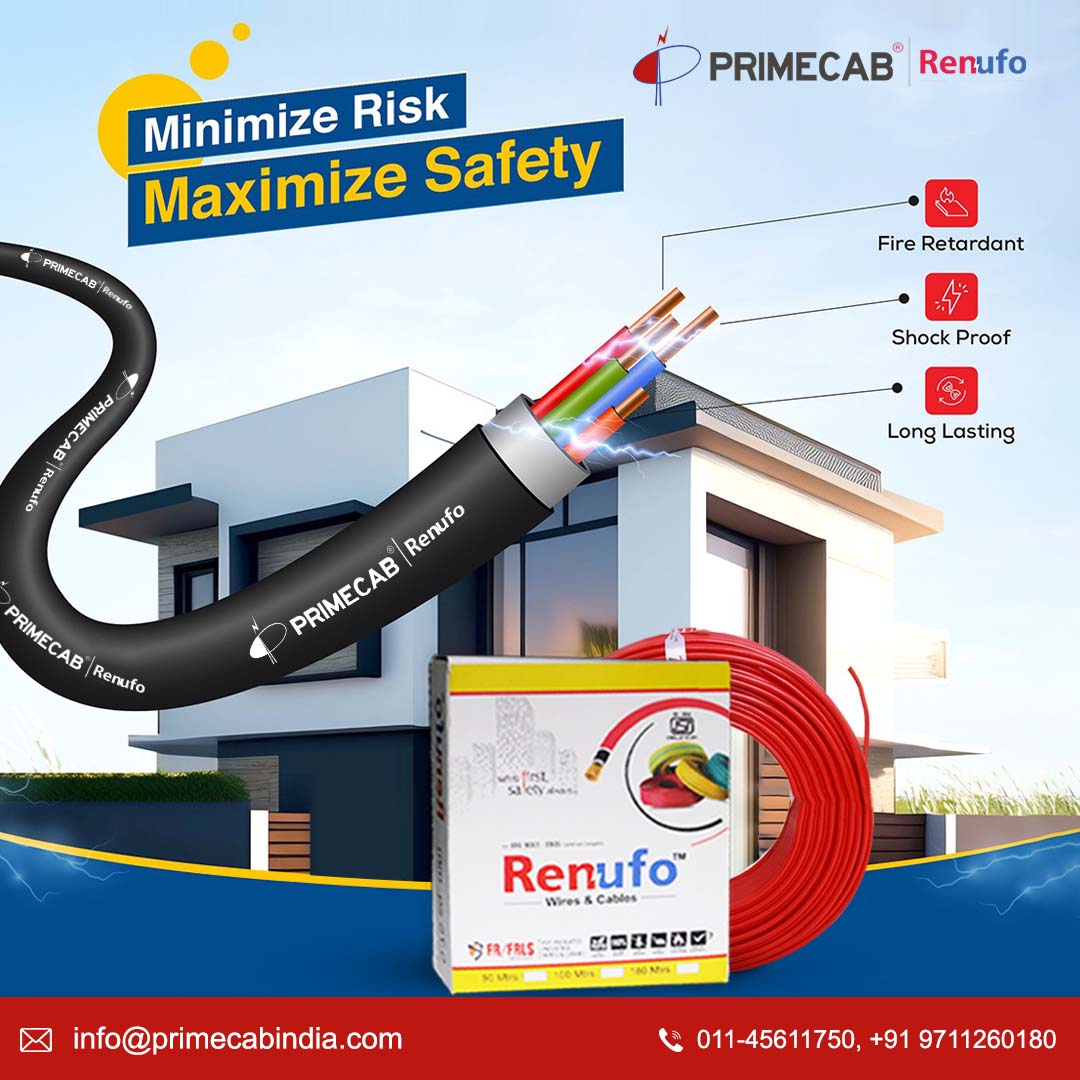Understanding Solar Cable Types and Their Applications
Solar energy is a clean and green source of electricity. It is becoming increasingly popular these days. However, sunlight doesn't directly turn into electricity. We need special devices called solar panels to capture the sun energy and convert it into usable power. But powering these panels needs a solar cable to get that power flowing.
If you are planning to install solar energy, solar cable manufacturers deliver you a safe and efficient solar installation setting. This will reduce the risk of electric shocks and other hazards. In this blog, we understand and discuss the different types of solar cables and their applications.
Solar cables are a type of electrical cable. They are specially designed for solar power systems. They are used to connect various components in the systems, such as solar panels, batteries, inverters, and charge controllers. These cables can bear harsh environmental conditions of direct sun, such as extreme temperatures, UV radiation, and moisture. They also make the solar panels function well and are more durable than regular electrical cables.
Different Types of Solar Cables
There are several types of solar cables designed for specific usage. The main types include:
PV (Photovoltaic) Cables
These cables are the most common solar cable. They are designed to connect solar panels to other components of the system.
They are highly insulated to resist UV radiation and weather conditions. They are also flame-retardant and have a high voltage rating upto 1,000 volts and more.
Applications: The PV cables link solar panels and inverters for interconnecting solar panels in a solar system.
DC Cables
The Direct Current or DC cables carry the electricity generated by the solar panels. They transfer the energy to the inverter that converts Direct Current to Alternate Current (AC).
These cables are double-insulated. They can handle high voltages. They are also resistant to UV rays, ozone, and severe weather.
Applications: These cables make the connection between the solar panels and the inverter, for safe DC current transmission.
AC Cables
AC cables are used to carry DC-converted electricity. They flow the electricity to the electrical grid or home appliances.
AC cables can handle lower voltages compared to DC cables. These cables are typically made of copper or aluminum. They are also insulated to protect against electrical risks.
Applications: These cables connect the inverter to the grid or the main electrical distribution board.
Battery Cables:
Battery cables connect the batteries to the charge controller and inverter.
These cables are heavy-duty and can control high currents. They have thick insulation to prevent short circuits and electrical issues.
Applications: They are essential for systems and help to store solar energy in batteries. This stored energy is used when the sun is not shining.
Conclusion
The success of solar installation depends on the right type of solar cable types. By using the correct cables, you can ensure a safe, efficient, and durable solar installation.
Prime Cable is one of the leading solar cable manufacturers in India, delivering premium quality cable covering detailed information and guides for the right installation process. Their suitable connection enhances your clean energy system for years to come.
Choose Prime Cables to use the sun energy and reduce the dependency on traditional energy sources.






